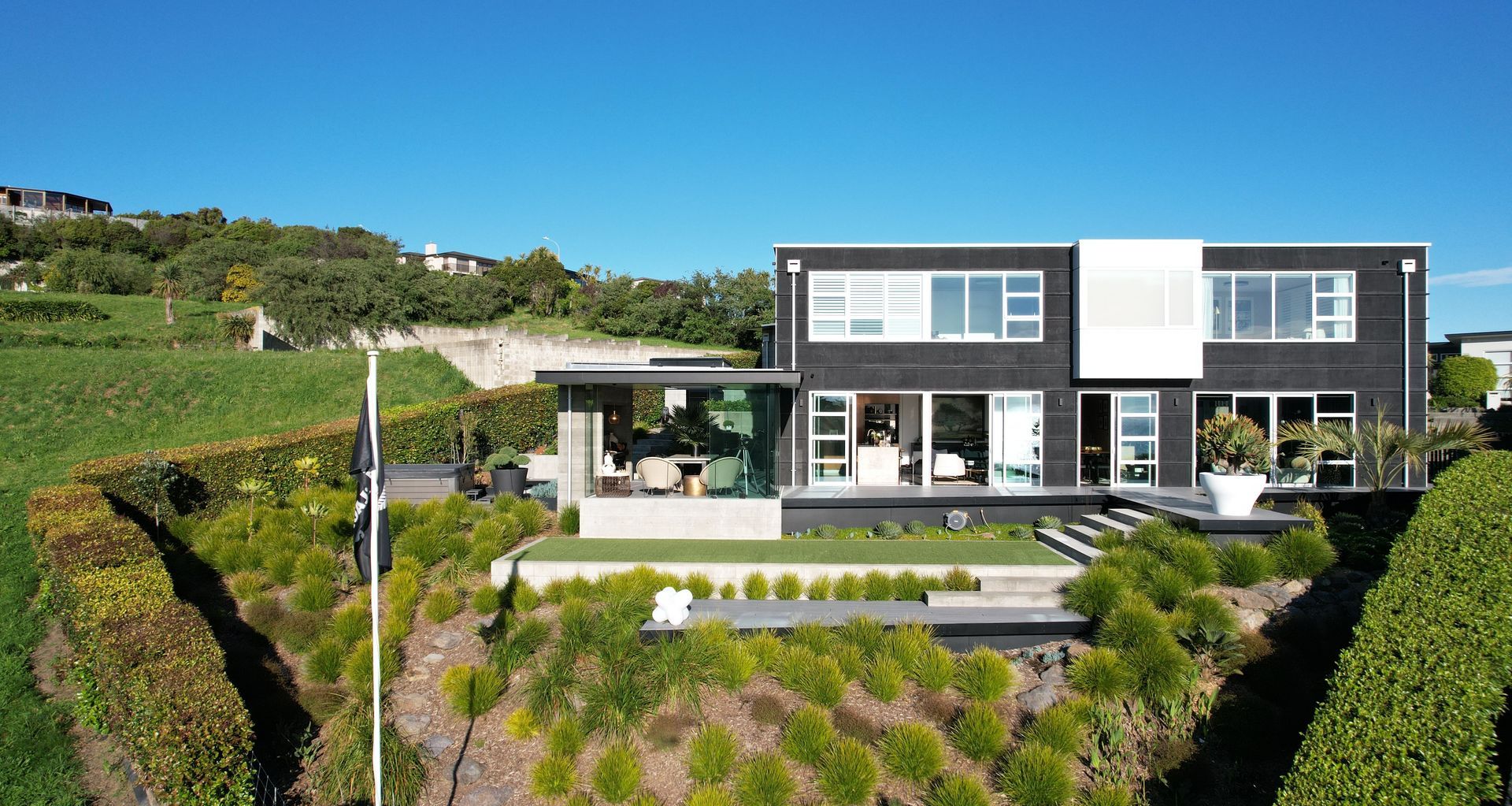Choosing the right materials for your home: exploring the product selection process with advice from a building expert
Written by
07 November 2023
•
5 min read

Choosing the materials for your home is one of the most important steps you will take on your build journey. Not only are you selecting materials for their aesthetic appeal, but their functionality and impact on your lifestyle, too. With over 29 years of experience guiding his clients through the material selection process, Daryl Hewitt of DJ Hewitt Builders says material selection comes down to three things: the client’s design wishlist, budget, and how much maintenance they’re willing to undertake.

The material selection process
The process often begins with a conversation between the client and their architect or designer to nail down a design direction. Then, the DJ Hewitt team will sit down with the client to understand their lifestyle, budget, and the look they’re aiming to achieve.
“We help with the budget side of things, looking into what materials are available and how much they’re going to cost. Then we’ll take the client through the maintenance involved with each material to ensure it’s in line with their expectations,” Hewitt explains.
Once the team has a clear direction, they take the client shopping — exploring all options from big ticket items like cladding, roofing, and flooring, to tapware, light switches, and soft furnishings.
“We usually make an appointment with a business manager at the store who has seen the plans and knows what we’re after. They’re able to answer all the client’s questions and help them make decisions based on their goals. We do this with everything, even window joinery and sliding door handles, so they can see what it looks like before the home is built.”
With years of experience working with a range of materials on the market, Hewitt knows what works and what doesn’t. “I go with tried and true as much as I can, so I don’t end up with the client being guinea pigs for a new product. We opt for claddings that we’ve used on multiple projects and had a good experience with, keeping in mind budget as well.”


Selecting materials for functionality
Alongside budget, aesthetics, and maintenance, Hewitt factors in the home’s location and functional aspects such as underfloor heating.
“Each cladding has its place in the environment, so we’ll often recommend not using particular products if the home is close to the sea, or in a high wind zone.
“In terms of flooring, it’s dictated by personal preference and how we’re going to heat the home. If clients are wanting inslab water heating, there’s limits to the types of materials that can be used,” he explains.
Timber is a natural insulator, so it’s not ideal to use on top of insulated water heating because you can’t turn the heating up as much. Hewitt recommends using laminates or timber-look tiles instead — still achieving the timber aesthetic, but with the benefit of underfloor heating.

Materials to invest in
“The kitchen is the heart of the home, and often where you spend the most money per square metre,” Hewitt says. “For example, you want to spend good money on a benchtop, because it’s something you’re going to be touching and using a lot. It needs to stand the test of time, while looking good and functioning well.”
Materials such as marble, slate, and granite make for great benchtops due to their timeless aesthetic appeal and high heat resistance. However, natural stone requires more maintenance than other materials as it tends to be very porous and prone to staining. Engineered stone or porcelain is a great option for those looking for an aesthetic, low-maintenance, and more affordable alternative to natural stone.
With other high-cost materials, such as cladding, Hewitt says it’s all about being sensible. “We’ve done quite a few homes where we’ve put feature cladding on the visible sides, and then switched to a more cost-effective cladding around the service areas that aren’t seen.”


Setting the client up for success
Everyone is different in the way they want their home to look and feel, and how they’re going to use the space, Hewitt says. Often people think a new home is going to stay new, but many products — particularly those made from natural materials — need to be looked after.
“If you choose the right materials, give the right advice, and have a back-up programme that covers things like regular timber re-staining, you can set the client up for success to keep the home looking good.”
“The biggest thing for us is that the client is happy with the product selection. You don’t want to spend every day looking at something you don’t like, so we work hard to bring the client’s ideas to reality.”
Learn more about DJ Hewitt Builders.